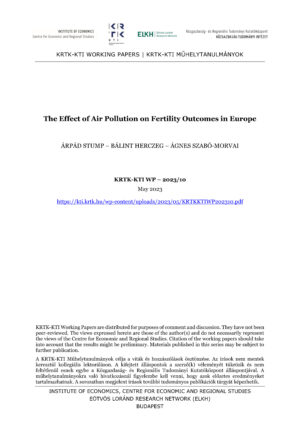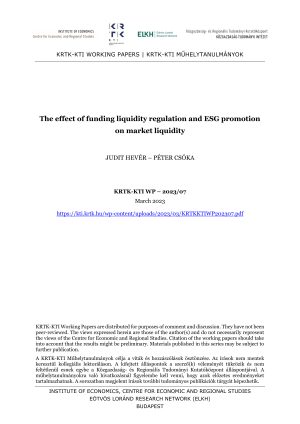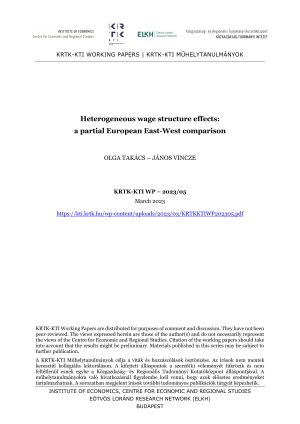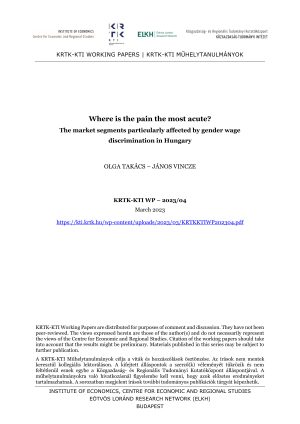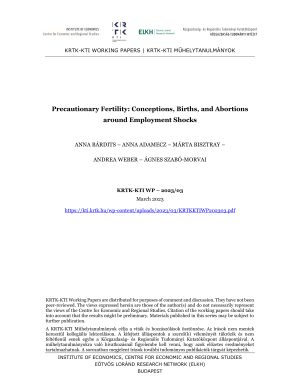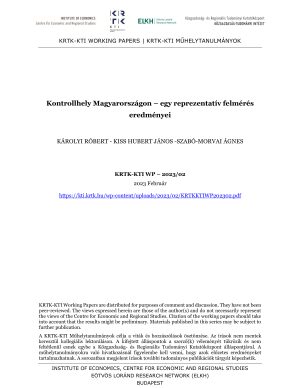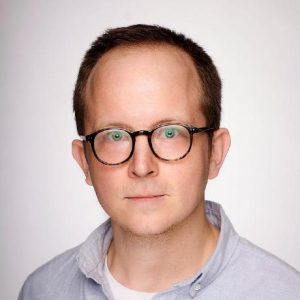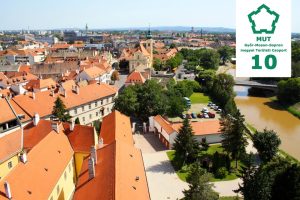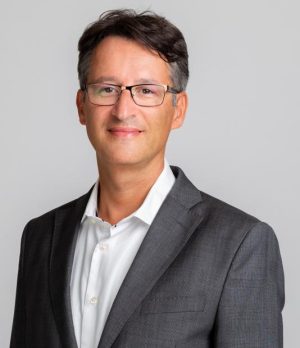This paper studies the effect of ambient air pollution on the number of births in the European Union. We collect air pollution data with web scraping technique and utilize variations in wind, temperature, number of heating, and cooling days as instrumental variables. There are 657 NUTS 3 regions included in the regressions, each with 2 to 6 years of observations between 2015 and 2020. Our results show that an increase in the levels of PM2.5 – PM10 pollution concentration by 1 μg/m3 (appr. 5-10%) would result in a 9% drop in the number of births next year. CO pollution levels also have a significant although smaller effect. If CO pollution concentration increases by 1 mg/m3 (appr. 15%) the number of births next year will fall by about 1%. In the heterogeneity analysis, we find that air pollution is more harmful to fertility in countries with already high pollution levels and lower GDP. This latter suggests that healthcare spending and the general level of living standard could be factors that moderate the negative consequences of ambient air pollution. To our knowledge, this is the first article to study the fertility effects of air pollution using an extended number of countries and years and at the same time including more than one air pollutant. As a result, our results have strong external validity. A remarkable novelty of our study compared to the previous literature is that after taking into account the effect of PM2.5 – PM10 and CO, the rest of the pollutants have much less role in shaping fertility outcomes compared to the findings of the previous literature. This difference is a result of the new method of this study, which examines the pollutants simultaneously instead of examining only one or a few at a time. This result can be important for environmental policies, where the limited resources should target pollution types that have the most detrimental effect on human fertility and health.
